Logistics giant Wincanton lost big contracts with Heinz and HMRC in the past year, but its CEO is plotting a course to try make it a robotics pioneer
James Wroath knows it can’t stay this way much longer. Gazing through a window on to the Sainsbury’s distribution centre below, the Wincanton CEO watches a small army of workers preparing thousands of crates of food for stores across the country.
The space is strikingly low-tech. Like many of Wincanton’s warehouses operated for the likes of Sainsbury’s, Asda and Co-op, picking is done mainly by hand; roll cages pushed along aisles; the most common machine a forklift – a vehicle that’s barely changed in several decades.
But that’s nothing uncommon. British supermarkets operate some of the most sophisticated supply chains in the world, and yet across the board, often rely on heavily manual processes at all stages of their supply chain.
As the largest UK-owned logistics company, Wincanton knows this must change. “We want to be on the vanguard of automation, robotics, and optimisation technology,” says Wroath, outlining Wincanton’s strategy for the coming years.
It is a timely ambition, an urgent ambition really, and a goal upon which it has already slightly slipped behind. Its competitor XPO opened its first robotic warehouses with Nestlé in 2018, while DHL followed suit with Mars last year.
In transport too, Wincanton’s technological capabilities are arguably costing it. Heinz ended its 25-year transport arrangement with the company last year, instead choosing digital transport platform 3T due to its “technology-driven approach towards vehicle optimisation”. (Wroath argues it actually came down to 3T offering prices Wincanton was unwilling to match.)
Name: James Wroath
Lives: Gloucestershire
Potted CV: Appointed CEO of Wincanton in 2019. Formerly head of North America with LSG Sky Chefs, the airline catering division of Lufthansa AG. Before joining LSG in 2015, worked for global transport company Kuehne+Nagel as the senior vice-president in North America and as managing director in the UK for their drinks logistics business. Prior to this, head of distribution for brewers Scottish & Newcastle.
Currently reading: Bournville by Jonathan Coe
Listening: Big Thief
Watching: Yellowstone
Death row meal: Biscuits – lots of them
How do you relax? Walking the dogs
Dream Saturday: Wolves and England rugby both winning – doesn’t happen very often for either these days!
Dinner with one person (dead or alive): Jeff Bezos
But Heinz is one of several major losses for Wincanton lately. The most recent came last week with the termination of a £71m HMRC contract for managing post-Brexit customs arrangements. Its share price plunged 26% within a few hours of the announcement, leaving it around 50% lower than its peak in 2021.
Wroath spoke to The Grocer for this interview before this news became public, but he was already clear that Wincanton must evolve to survive. “If we don’t do it, if we decide to use a Luddite strategy, then Wincanton will become less relevant very quickly,” he says.
As a provider of both warehousing and haulage for retailers and major fmcg clients, this takes two forms. The first is transport, where Wincanton is rolling out new technology to help reduce the number of empty lorry journeys made by its customers (see p26).
“We need to help them collaborate more rather than just work specifically for themselves,” he says. It should also enable insights like: “How can we help them make the best decisions in terms of how big their fleet should be? Where should it be based? How should it be operated?”
The loss of the Heinz deal raised some questions among supply chain experts over whether Wincanton may be rolling back from transport, but Wroath insists that isn’t the case. “We are absolutely committed to providing our customers with transport services. We’ll always be a blend between owning the asset – the truck – and the technology.” He suspects, however, that “our strategic direction is more towards owning the technology”.
Robotics opportunity
Inside warehouses, the big opportunity sweeping the sector is robotics. And at Wincanton, the crucial development is a vacuum-cleaner sized unit that sits underneath a trolley to propel it around. By saving a worker from walking miles each day, the machine can save time and dramatically boost the efficiency of the site.
“The big opportunities are in what we call goods-to-person. So by supplementing our people with robotics that stops them having to travel so many kilometres a day within a warehouse. That’s what makes things more efficient. Fix the people. Bring stuff to them.”
While the obvious conclusion to this is job cuts, given the state of the current labour market, Wroath is confident this won’t be the case. “If you can get technology to work alongside people, you need less of them. And that’s a message that in some economic times I might be quite cautious about. But I honestly believe we’ve got more than enough jobs for people that want them.”
Wincanton is currently only operating these robotics at its e-fulfilment warehouses with the likes of Molton Brown and Whittard of Chelsea, but Wroath believes it will reach grocery within two or three years.
For supermarkets, Wroath believes it is an exciting opportunity to cut costs on their supply chains bill, especially given their opportunity for automation elsewhere is fairly limited.
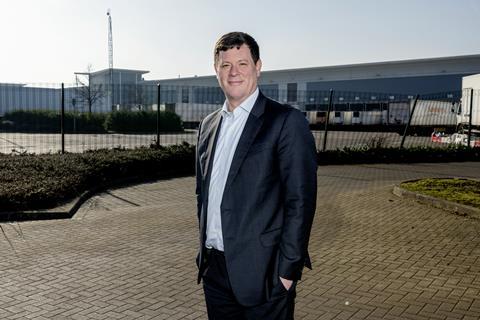
“At the end of the day, you need to get stuff on to the shelves. You need people to serve. So when they think about [supermarkets’] cost base opportunities, supply chain is a massive opportunity for them.”
And for Wincanton too, the hope is it will offer a considerable new revenue stream. Wroath points to Ocado as an interesting comparator, “because what they’ve done is to say: ‘we’re a successful online grocer, but a relatively low margin business.’ And then said: ‘actually, we’ve got a piece of technology that we use in our online grocery business that we will sell to people around the world as a piece of technology. The Hive.’”
That is a model Wincanton is interested to pursue. “So if I take our technology at the Cygnia building, our robotic technology, what’s to stop me selling that as a product to my existing customers?”
Wincanton’s biggest obstacle, though, is workers. The problems with HGV drivers and warehouses workers are well documented in recent times, but for Wincanton, it’s also majorly hampered by a lack of software engineers to build its new technologies. “It’s highly competitive,” says Wroath. “But I think a lot of technology talent would rather work in media and apps.”
The issue, Wroath suggests, at least in part originates at universities where there is “an over complication of some of the technology”.
“So great examples, drones. There are certain industries where drones can be really interesting. And I get that people talk about Amazon making deliveries by drones. But for a long time that’s only going to be a gimmick, versus me saying that 50 robots in our Cygnia building is just the tip of the iceberg in terms of what’s possible in warehouses.
“It’s an attitude to technology that the country needs, which is a bit more grounded, rather than reaching for the stars with things like drone technology.”
If this mindset shift could lead to more engineers coming into logistics, Wroath argues it would benefit the entire country by freeing up labour for sectors suffering shortages.
“We are fighting with hospitality, the care sector, abattoirs and agriculture for that scarce resource. You can’t automate the care sector. I think logistics as an industry has a responsibility to the country to demand less people.”







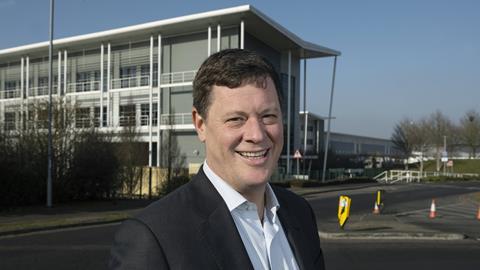

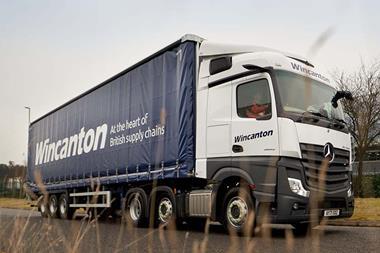






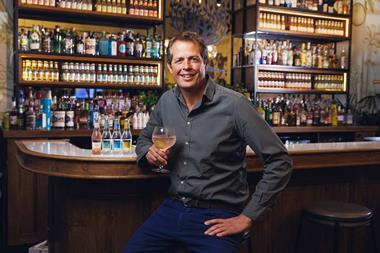
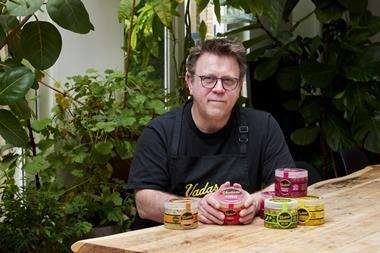
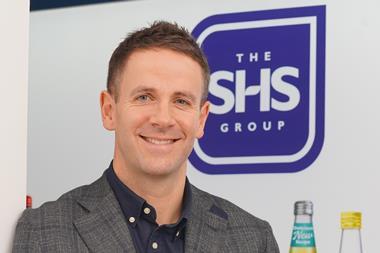
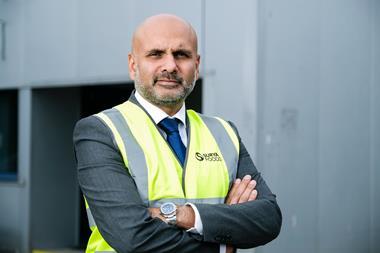
No comments yet